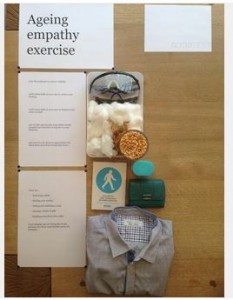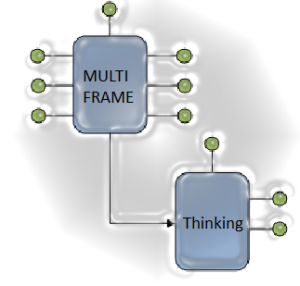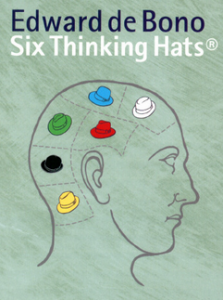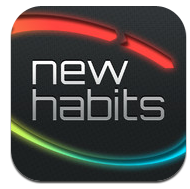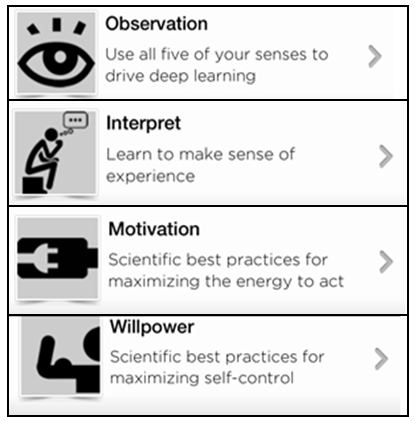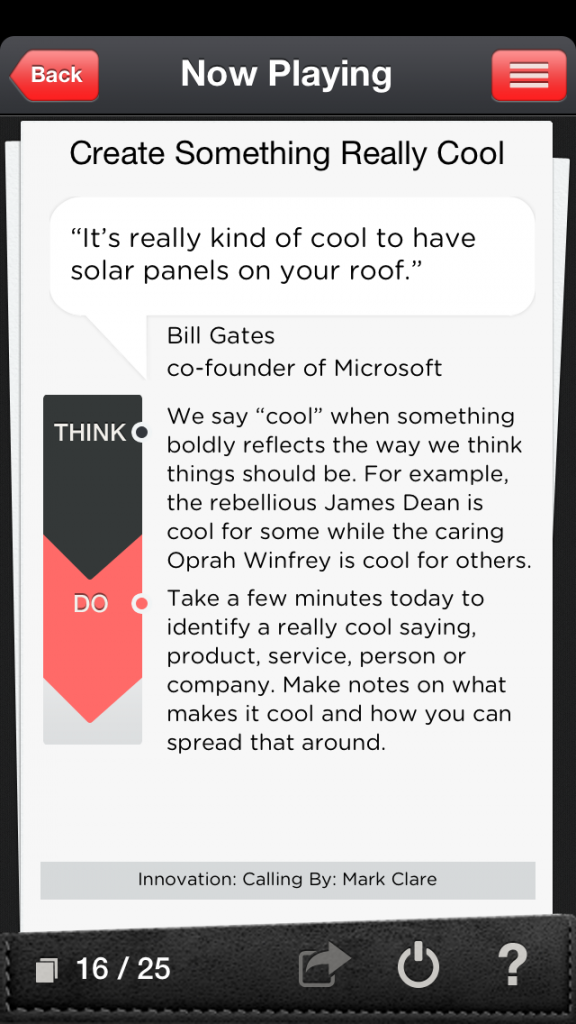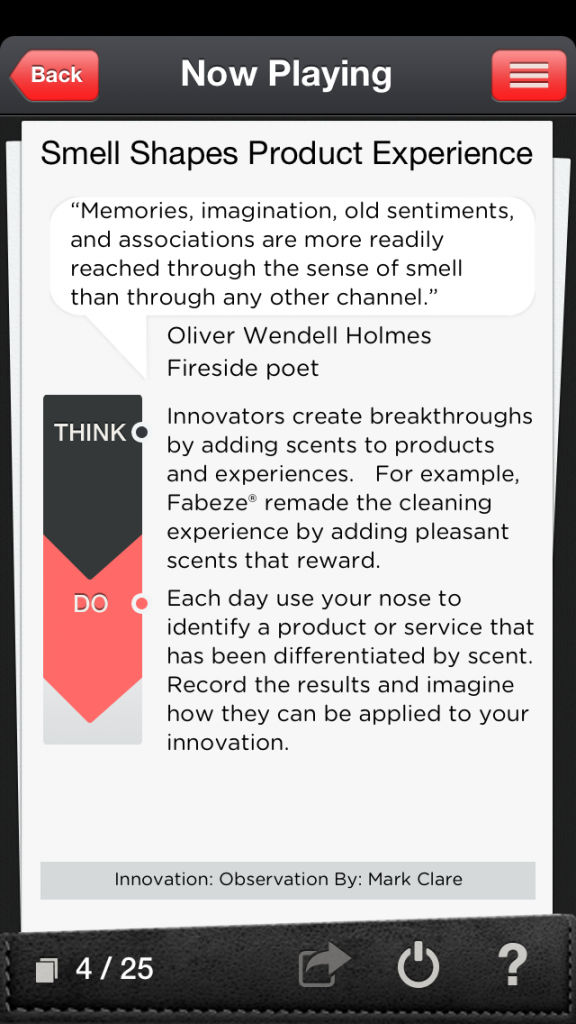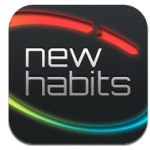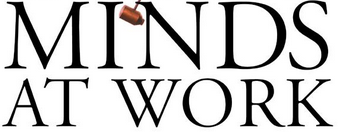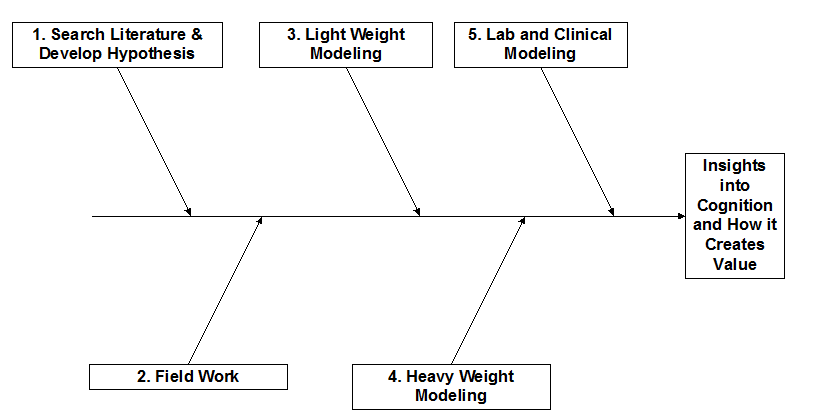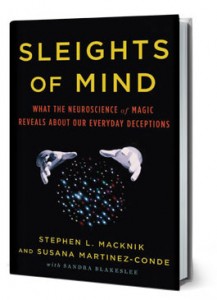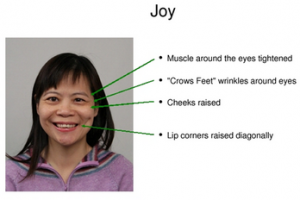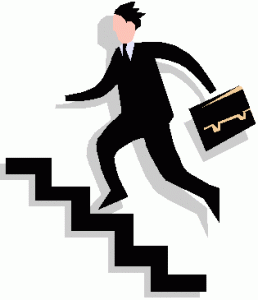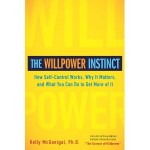Using Game Data to Study Learning Strategies
Friday, January 24th, 2014Practicing by learning from experience is important in sports and many types of knowledge work. Deliberate practice that involves dynamically adjusting the difficulty of the practice task, is often touted as the best way to rapidly move up the learning curve from novice to expert. One reason video games are so engaging is that they use levels, restarts and automatic dynamic difficulty adjustment to keep you at the edge of psychological flow and in deliberate practice mode.
 Understanding the cognition of learning is fundamental to good game design and vice versa. For example, recent research reported in Psychological Science reveals that players of the game Axon where able to improve their performance quicker by engaging in specific learning strategies.
Understanding the cognition of learning is fundamental to good game design and vice versa. For example, recent research reported in Psychological Science reveals that players of the game Axon where able to improve their performance quicker by engaging in specific learning strategies.
The more effective learning strategies included previewing (exploring how the game worked) and spacing out their practice session. These are two strategies that you can easily build into other types of facilitated or self-directed study materials or learning processes. For example, the static chapter previews offered in traditional textbooks might be far more effective if there were hyper-linked.
Studying people as they play video games or massive online multi-player games offers a new view into the cognition of learning compared to what we have learned from the lab or field. As the authors point out:
“This kind of data affords us to look in an unprecedented way at the shape of the learning curve, allowing us to explore how the way we practice helps or hinders learning,”
This is especially important for cognitive designers as games are one context where learning is pleasurable and participants are blissfully productive sometimes to extreme levels.
